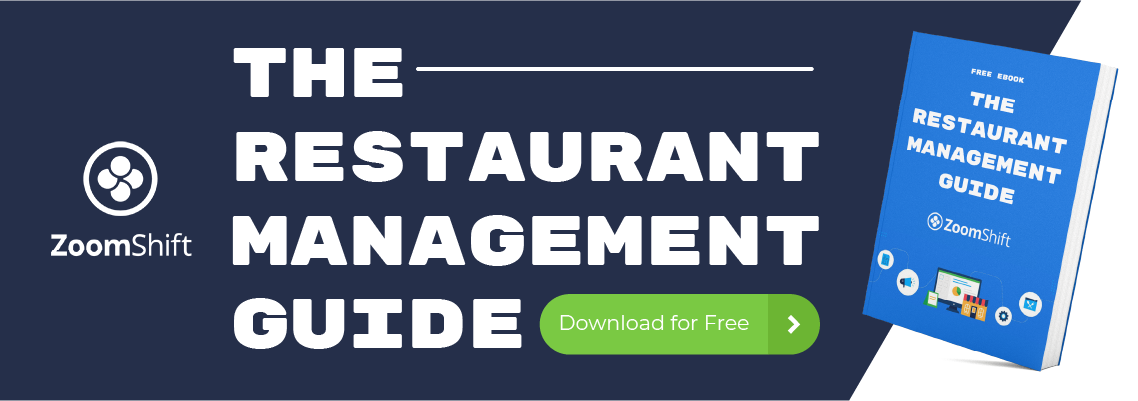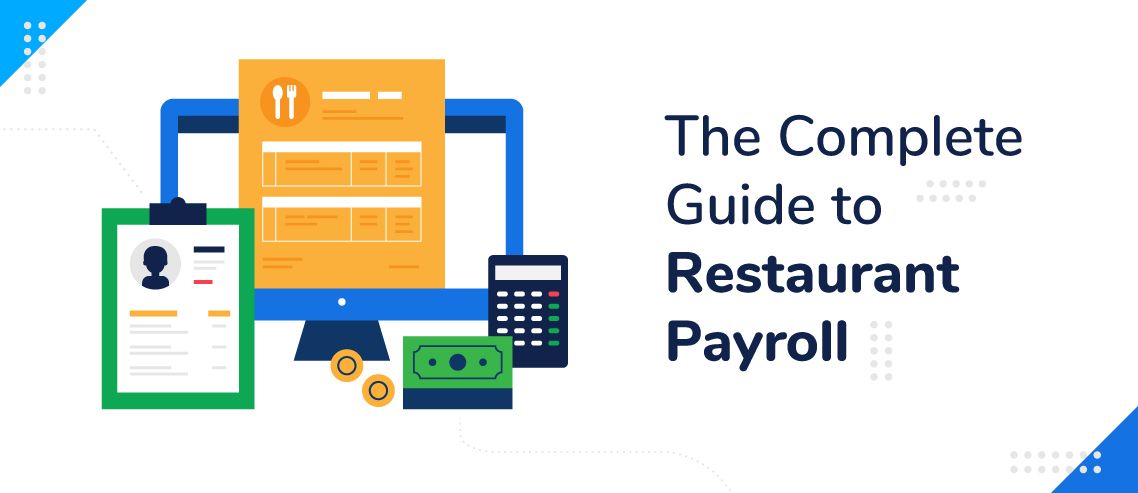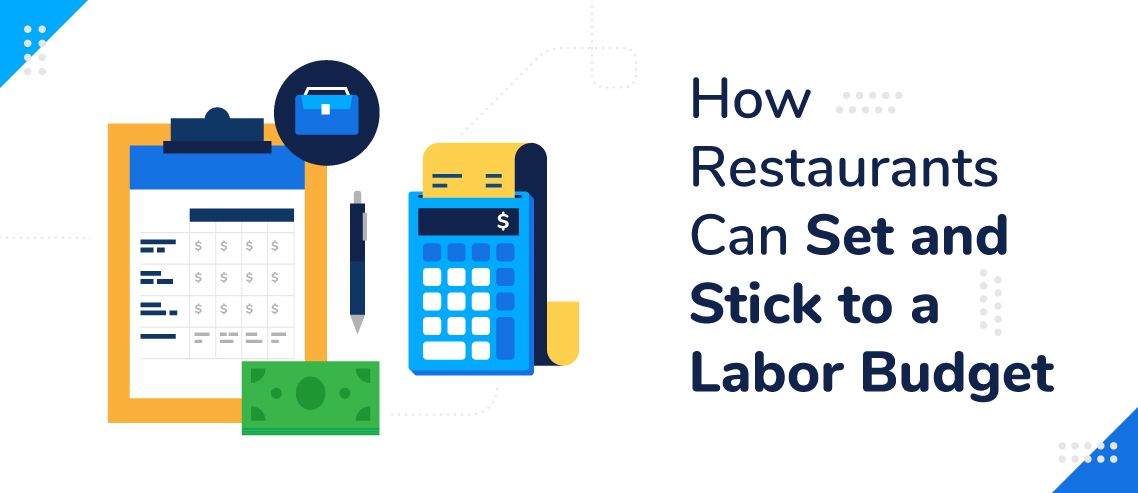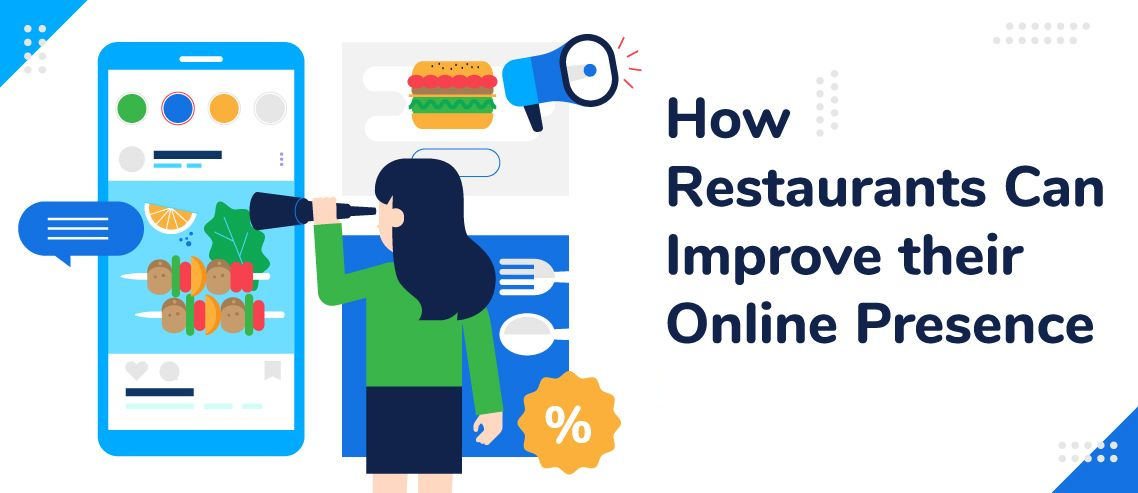Restaurant Financing: How to Finance a Restaurant in 2024
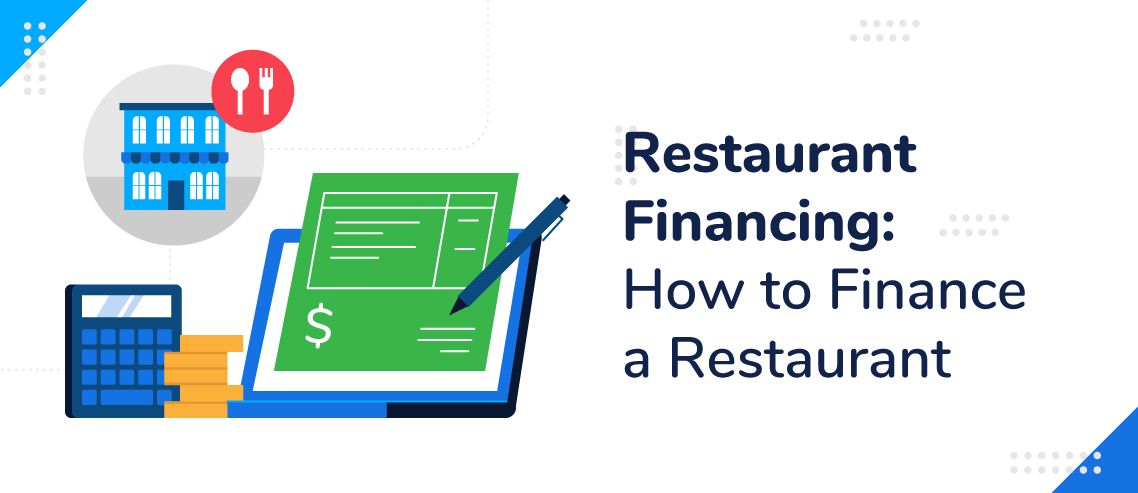
Running a restaurant is a dream for many a food lover. But there’s often an obstacle that stands in the way: finding the money to open it up in the first place. A restaurant is a big investment, and most people don’t just have a few hundred thousand dollars sitting around burning a hole in their pockets.
Luckily, there are lots of ways to get the money to start your own restaurant. In this guide, we’ll go over a few of the most popular ways.
What Is Restaurant Financing?
Restaurant financing is the process of sourcing money to open a restaurant, whether that comes from earning and saving money yourself, taking out a bank loan, borrowing money from family, or whatever other way you can think of. This money will cover the cost of your location, equipment, and other start up expenses.
Many restaurateurs take out bank loans as this often provides the most direct path towards getting your restaurant financed. Because of this, restaurant financing often refers specifically to taking out a bank loan to cover restaurant costs, just like car financing refers to taking out a loan to pay for a car.
Why Do Small Business Owners Apply for Financing?
Opening a restaurant costs a lot of money – the median cost, according to a survey by RestaurantOwner.com, is $375,000 ($3,586 per seat). As you might expect, most budding restaurateurs can’t simply crack open their piggy banks and come up with the kind of money. Similarly, saving up the full price tag could take an entire lifetime, leaving no time left to turn running a restaurant into a career.
Applying for financing from a bank is often the easiest way to come up with the necessary startup funds. However, it can still be difficult to get approved for a business loan, so it’s no silver bullet. That said, it’s definitely one of the most promising avenues for a restaurant-hopeful who’s strapped for cash.
6 Restaurant Financing Options to Consider
There are lots of options available to entrepreneurs interested in opening up a restaurant. Here are a few of the most important ones to know about.
1. Term Loan
A term loan is your stereotypical bank loan: you borrow a certain amount of money from the bank and pay it back on a fixed schedule, called an amortization schedule.
When you take out a term loan, not only will you pay back the principal (the amount you’re borrowing), but you’ll pay interest as well – that’s how the bank makes money. Without interest, the bank wouldn’t have any incentive to give you a loan.
Because of the interest payments, a term loan is less appealing than borrowing from friends or family who won’t charge interest. But of course, very few people have access to friends and family who can spot them that kind of money.
2. Alternative Loan
Alternative loans for restaurants are similar to term loans, but they are offered by institutions that aren’t part of the traditional banking industry. Because of this, it’s often easier to get approved for an alternative loan, but they may be from less reputable companies or use predatory lending practices.
Exercise caution when looking into alternative lenders. If something seems too good to be true, it generally is. This doesn’t mean that an alternative loan is always a bad idea, but you need to be more careful than you would be borrowing from a well-known bank.
3. SBA Loan
An SBA loan is a type of loan offered by the Small Business Administration (SBA) that’s available to qualifying US businesses. They’re similar to term loans, but the federal government guarantees the loan, which means that it will pay back the lender if the borrower defaults (can’t pay back the loan).
This lowers the risk for lenders and makes it easier for borrowers to get approved. It’s often a good choice for borrowers who are having trouble getting approved.
4. Merchant Cash Advance
A merchant cash advance is a type of cash advance (short-term cash loan) in which the lender receives payment by taking a portion of credit card proceeds each day. These loans are typically very expensive, with interest rates ranging from 10-350% APR.
If you can only get money through a merchant cash advance, you probably aren’t ready to start your restaurant. A merchant cash advance should be an absolute last resort, and even then it should likely be avoided.
5. Money From Family and Friends
If you’re lucky enough to have family and friends that are willing to support your restaurant dreams, then this is often the best option. Family and friends will likely give you very low interest rates – assuming they charge you interest at all.
6. Crowdfunding
Crowdfunding involves financing your restaurant via platforms like Kickstarter. Crowdfunding allows you to skirt past interest rates, but you’ll usually have to offer your patrons something in exchange, whether it be free meals, memorabilia, stock in the company, etc.
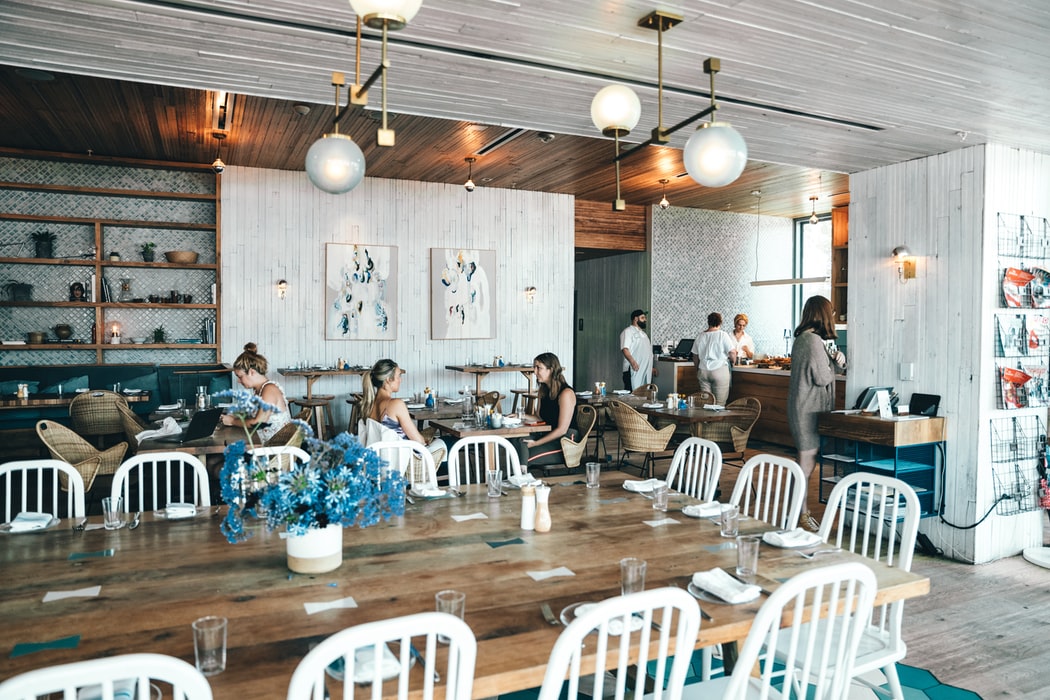
3 Basic Financing Formulas to Know
When looking through financing options, it’s always a good idea to know the math behind them so you can do some calculations on your own. Before we get into specific formulas, here are some symbols you should know:
P = initial principal balance
r = interest rate
n = number of times interest is applied per time period
t = number of time periods
Amortization
The amortization formula allows you to determine what your monthly payments will be.
Simple Interest
The simple interest formula allows you to determine how much you’ll pay over the lifetime of your loan, including interest (assuming the interest does not compound).
Compound Interest
The compound interest formula does the same thing as the simple interest formula, but it calculates for compounding interest.
Conclusion
Opening a restaurant is a gargantuan endeavor, and it requires putting up a lot of money up front. This guide should serve as a good starting point, but you’ll need to do more in-depth research into (and ideally speak with a financial advisor about) what financing options will work best for you.
Check out our staff scheduling software designed for restaurants to help you manage employees and run your restaurant when you open your doors.
JD enjoys teaching people how to use ZoomShift to save time spent on scheduling. He’s curious, likes learning new things everyday and playing the guitar (although it’s a work in progress).
